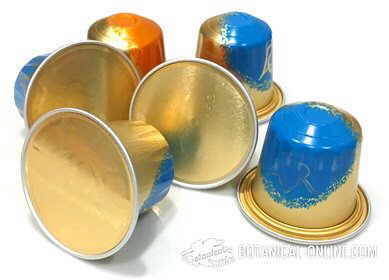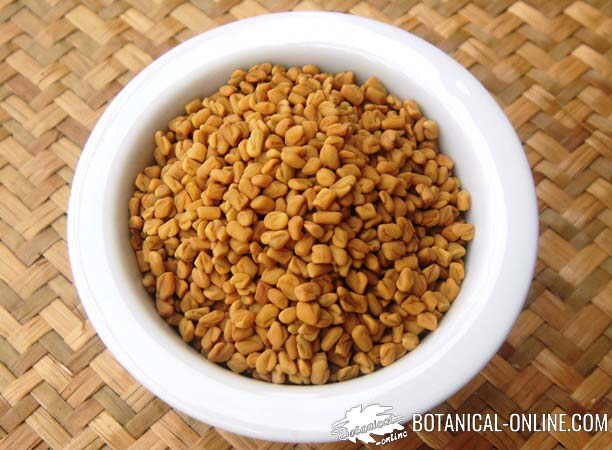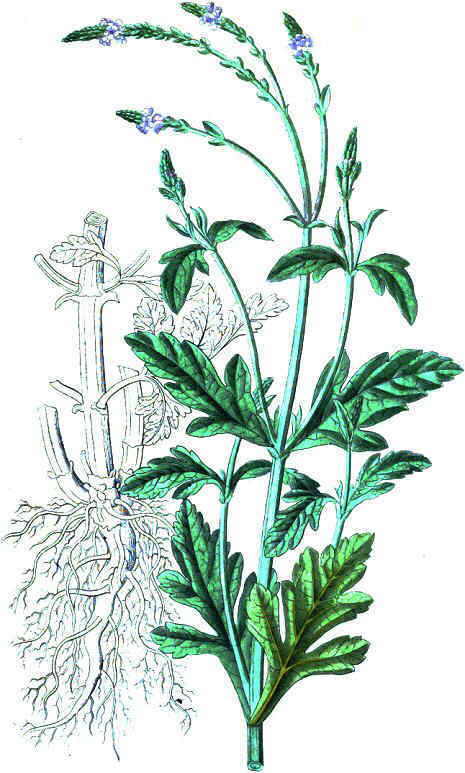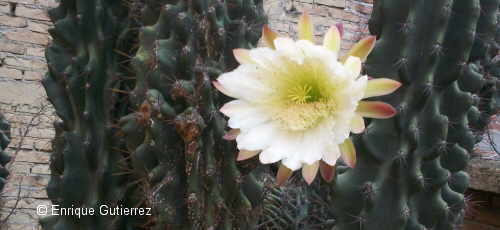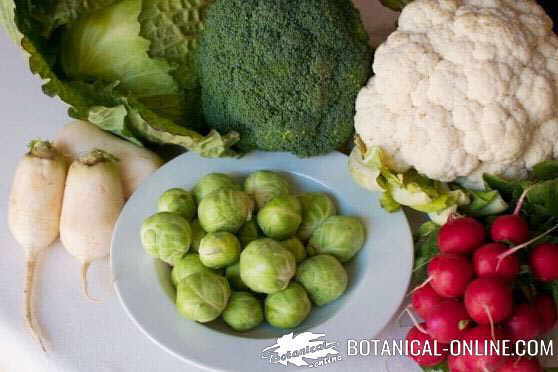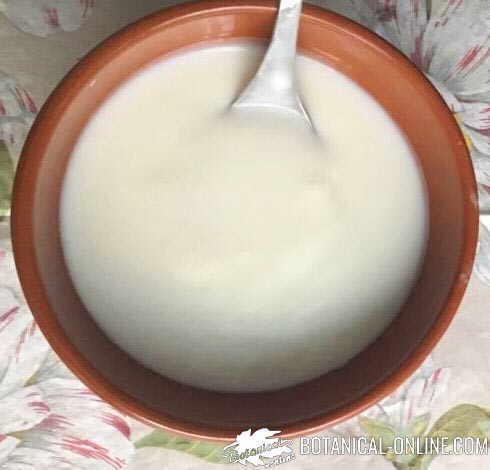Contents
Quince nutritional benefits
Quince is a tree with fruits very rich in pectin
Quinces are trees of the apple or pear family. They produce fruits called quinces, which are about a size similar to a pear, but are much larger in size, harder and very rough.
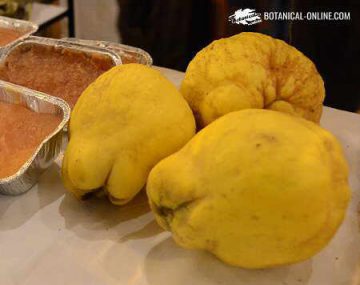
The pectin richness of quinces determined that these trees were very important in the past when people made jams at home and used their fruits as a thickener in the manufacture of jelly, jams, compotes, etc.
It is curious to see that, in Galician and Portuguese, the fruit of the marmeleiro is known as “marmelo”. From this word comes the English word “marmalade” (= jam). This is because these fruits, due to their richness in pectin, were used in the manufacture of jams, since pectin was a very good thickener.
As they stopped making homemade jams, the importance of quince fruits began to decline until they became a tree whose fruits are not widely used today. This decline was effective after Charles Knox introduced powdered gelatin in the late 19th century.
Quince in oriental cuisine
The decline of the quince in Western cuisine is not comparable to the importance of this fruit in Middle Eastern cuisine. In the countries of this area, this fruit is commonly used in the preparation of numerous recipes. For example:
- Lamb recipes with quince
- Sheep recipes with quince
- Quince soups
- Quince compote
- Quince jam
- Etc.
What do quinces taste like?
We cannot say that they are very pleasant to the taste when eaten fresh, given their roughness, but they are very useful to produce compotes, or jellies and especially the exquisite quince meat, among which the famous Valencian “codonyat” (quince jelly).
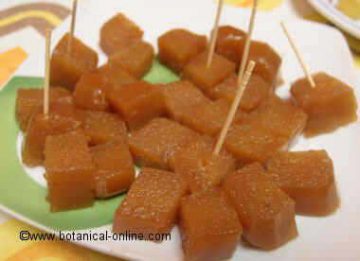
Healing benefits of quince
Quinces are very astringent, so they will be useful to stop diarrhea, or episodes of Crohn’s disease, irritable bowel, etc.
They are also very rich in vitamin C and pectin. Pectin is a type of stomach softening fiber, which is very suitable for combating gastritis.
![]() More information on quince.
More information on quince.

